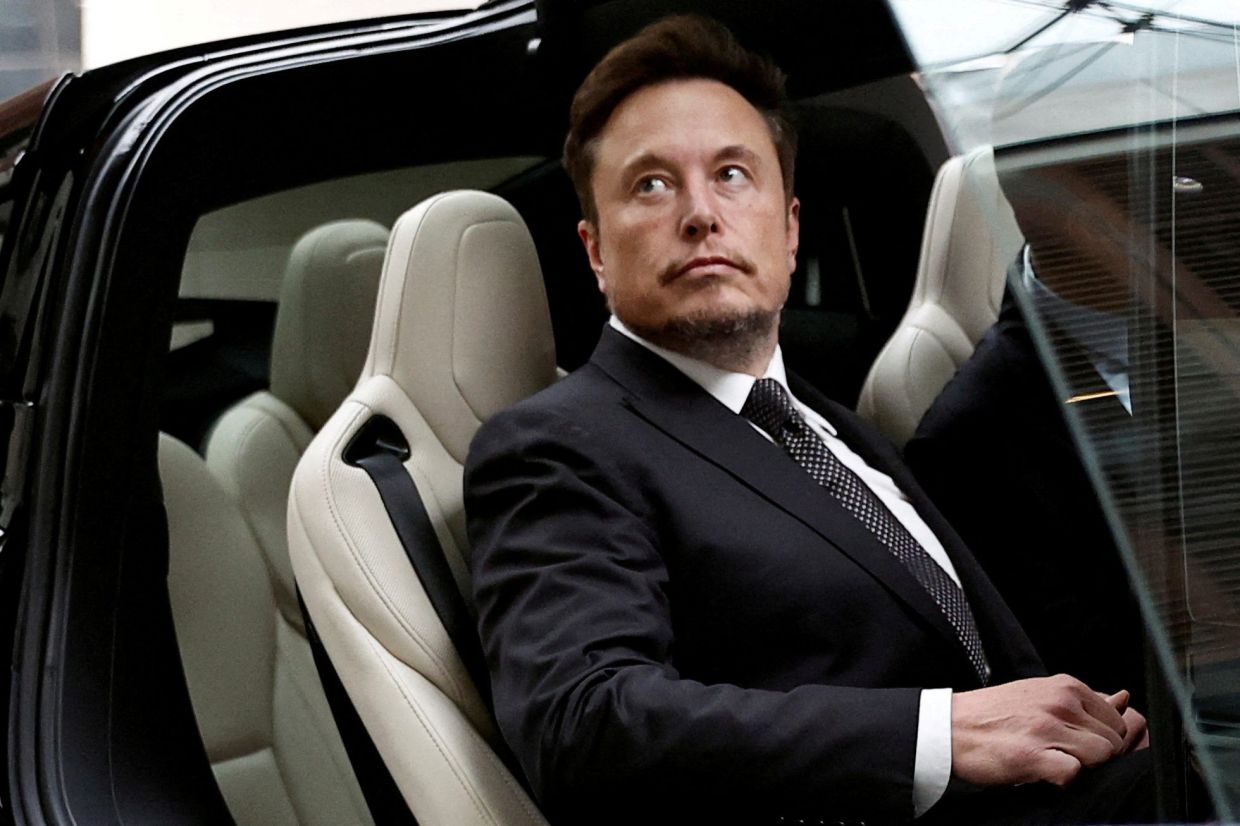
Tesla CEO Elon Musk recently made an unannounced visit to Beijing, where he is expected to engage in discussions with senior Chinese officials concerning the rollout of Tesla’s Full Self-Driving (FSD) software and the potential to transfer collected data overseas. This trip is significant as it occurs amidst Tesla’s increasing efforts to make their autonomous driving technology accessible in China, its second-largest market.
Upon his arrival in Beijing, Musk met with Premier Li Qiang. This meeting was highlighted by Chinese state media as a testament to the successful economic and trade cooperation between the U.S. and China, particularly through Tesla’s developments in the region. During his visit, Musk also engaged with Ren Hongbin, the head of the China Council for the Promotion of International Trade and organizer of the ongoing Beijing auto show, which Tesla opted not to participate in this year.
Musk’s visit is particularly timely, coinciding not only with the Beijing auto show but also following his cancellation of a planned trip to India due to pressing obligations at Tesla. The Beijing auto show has been a focal point for discussions on the future of the automotive industry, with Li Qiang visiting the event and remarking on China’s leading position in the smart new energy vehicle sector.
Why Hasn’t Tesla Launched FSD in China Yet?
Despite the introduction of Tesla’s FSD technology in the U.S. four years ago, the software has not yet been made available in China. However, Musk has indicated that Tesla may soon offer FSD to its Chinese customers, a move eagerly anticipated amid growing competition from local automakers like Xpeng, who are also advancing their autonomous driving technologies.
Tesla’s operations in China have been under strict regulations regarding data handling, with all data from Tesla’s Chinese fleet being stored locally in Shanghai since 2021 without any transfer to the United States. This practice aligns with China’s stringent data control policies, which Musk aims to navigate by seeking permission for overseas data transfer. Such data are crucial for training Tesla’s autonomous driving algorithms, which rely heavily on real-world input to improve.
Moreover, Tesla is currently facing challenges on multiple fronts, including regulatory scrutiny in the U.S. following a recall of over 2 million vehicles to install new Autopilot safeguards, amidst investigations into the adequacy of these measures after several crashevs. Domestically, Tesla announced a 10% reduction in its global workforce in response to declining sales and an intensifying price war with Chinese EV brands.
On the technological front, Grace Tao, Tesla’s vice president in charge of external relations in China, emphasized in a state media publication that autonomous driving technologies represent the next growth engine for the EV industry. Tao touted Tesla’s leadership in autonomous driving research and development, backed by its “end-to-end neural network” technology and extensive real-world data.
Tesla’s engagement in China extends beyond regulatory and technological negotiations. The country’s complex traffic scenarios, which include a higher prevalence of pedestrians and cyclists, provide a unique environment that is invaluable for the rapid development of autonomous driving technologies.
In a further nod to Tesla’s commitment to innovation, Musk revealed plans last week to introduce new, more affordable models using existing EV platforms and production lines. Additionally, he announced an upcoming “robotaxi” with self-driving capabilities, set to be unveiled on August 8.
Despite these developments, Tesla’s stock has seen a significant downturn, dropping almost a third since the beginning of the year. This is partly due to growing concerns over the company’s growth trajectory, highlighted by its first quarterly revenue decline since 2020, when COVID-19 impacted production and deliveries.
Related News:
Featured Image courtesy of Tingshu Wang/REUTERS
